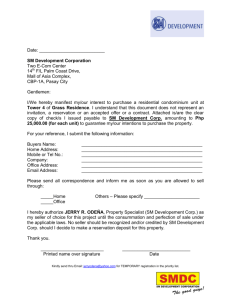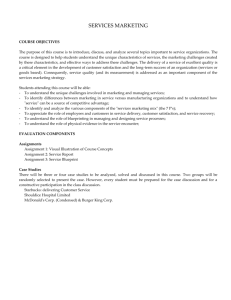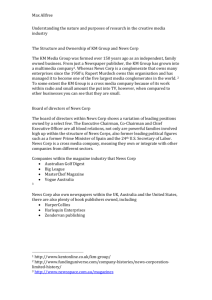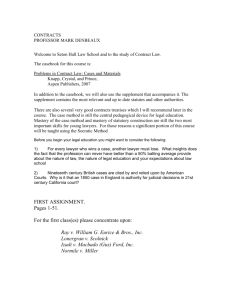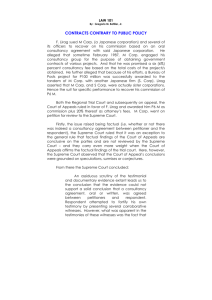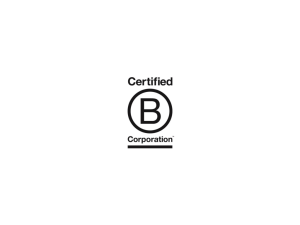Total Cost of Care: Understanding the Measures and Impact
advertisement
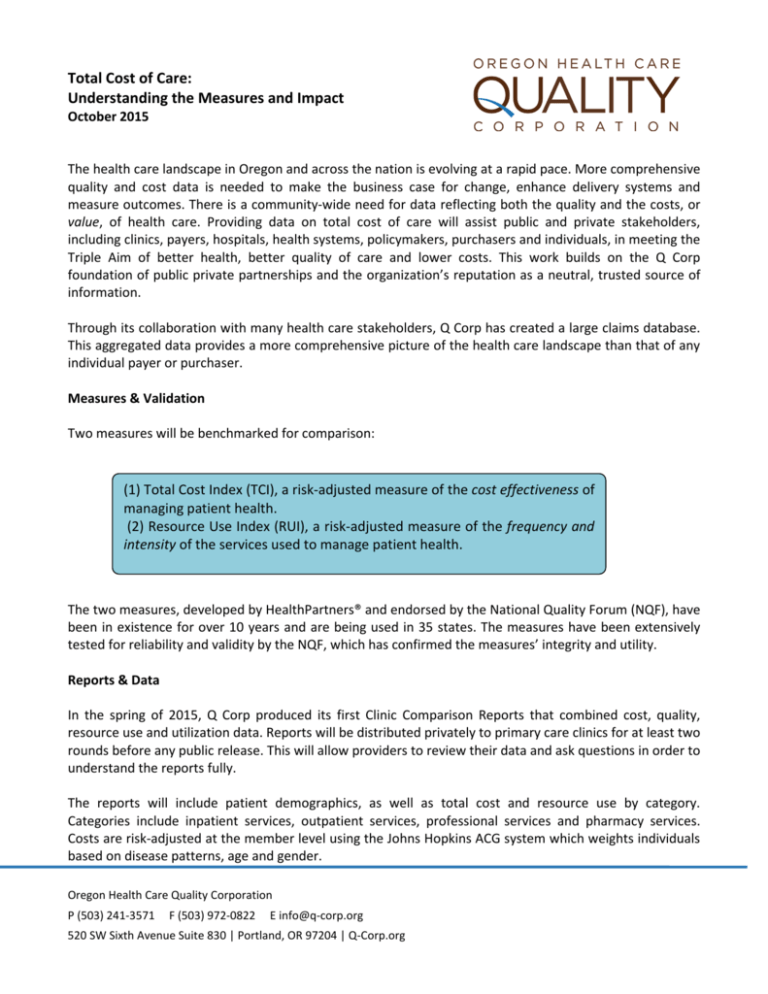
Total Cost of Care: Understanding the Measures and Impact October 2015 The health care landscape in Oregon and across the nation is evolving at a rapid pace. More comprehensive quality and cost data is needed to make the business case for change, enhance delivery systems and measure outcomes. There is a community-wide need for data reflecting both the quality and the costs, or value, of health care. Providing data on total cost of care will assist public and private stakeholders, including clinics, payers, hospitals, health systems, policymakers, purchasers and individuals, in meeting the Triple Aim of better health, better quality of care and lower costs. This work builds on the Q Corp foundation of public private partnerships and the organization’s reputation as a neutral, trusted source of information. Through its collaboration with many health care stakeholders, Q Corp has created a large claims database. This aggregated data provides a more comprehensive picture of the health care landscape than that of any individual payer or purchaser. Measures & Validation Two measures will be benchmarked for comparison: (1) Total Cost Index (TCI), a risk-adjusted measure of the cost effectiveness of managing patient health. (2) Resource Use Index (RUI), a risk-adjusted measure of the frequency and intensity of the services used to manage patient health. The two measures, developed by HealthPartners® and endorsed by the National Quality Forum (NQF), have been in existence for over 10 years and are being used in 35 states. The measures have been extensively tested for reliability and validity by the NQF, which has confirmed the measures’ integrity and utility. Reports & Data In the spring of 2015, Q Corp produced its first Clinic Comparison Reports that combined cost, quality, resource use and utilization data. Reports will be distributed privately to primary care clinics for at least two rounds before any public release. This will allow providers to review their data and ask questions in order to understand the reports fully. The reports will include patient demographics, as well as total cost and resource use by category. Categories include inpatient services, outpatient services, professional services and pharmacy services. Costs are risk-adjusted at the member level using the Johns Hopkins ACG system which weights individuals based on disease patterns, age and gender. Oregon Health Care Quality Corporation P (503) 241-3571 F (503) 972-0822 E info@q-corp.org 520 SW Sixth Avenue Suite 830 | Portland, OR 97204 | Q-Corp.org The cost of care measures use various criteria to ensure that populations are similar enough for comparisons to be made. Some of the criteria include: • • • • Clinics meet a minimum patient threshold. Patients are enrolled in a commercial insurance plan for at least 9 months. Adult (18-64) and pediatric (1-17) patients are reported separately. Patients over 65 and those under 1 year old are excluded. Costs over $100,000 for any individual member are excluded. To ensure the reports are as useful as possible, Q Corp will continue to solicit input regarding the content and format from multiple stakeholders and partners, including the Cost of Care Steering Committee and the Measurement & Reporting Committee. How Will This Information Be Used? Q Corp understands that cost information is not useful to the public without also providing quality information; as such reports will provide both cost and quality information side by side in order to provide a more comprehensive picture of the health care landscape. Prior to public reporting, focus groups will be convened to provide feedback on the messaging and functionality of the public reports. As the utility of the reports continues to expand Q Corp envisions the reports being able to be used in the following ways: • • • • • Providers can use the reports to evaluate overall costs and practice efficiency through comparison with statewide and national benchmarks. Payers can use the reports to help design benefits packages and develop payment approaches. Policymakers can use the reports to inform development of innovations, which assess quality and cost for plans and providers. Researchers can use the reports to evaluate quality measures and cost and resource drivers in the health care industry. Individuals and employers can use the public reports to guide decisions about providers and services based on both quality and cost. For More Information If you are interested in getting involved with the Total Cost of Care project, including serving on a review committee or focus group, please contact us at costofcare@q-corp.org. Learn more about this project and Q Corp at http://www.q-corp.org/our-work/costofcare. This project is supported by the Robert Wood Johnson Foundation, and through Q Corp’s participation in the Regional Total Cost of Care project, by the Network for Regional Healthcare Improvement (NRHI) in partnership with Q Corp and six other Regional Healthcare Improvement Collaboratives. 2
